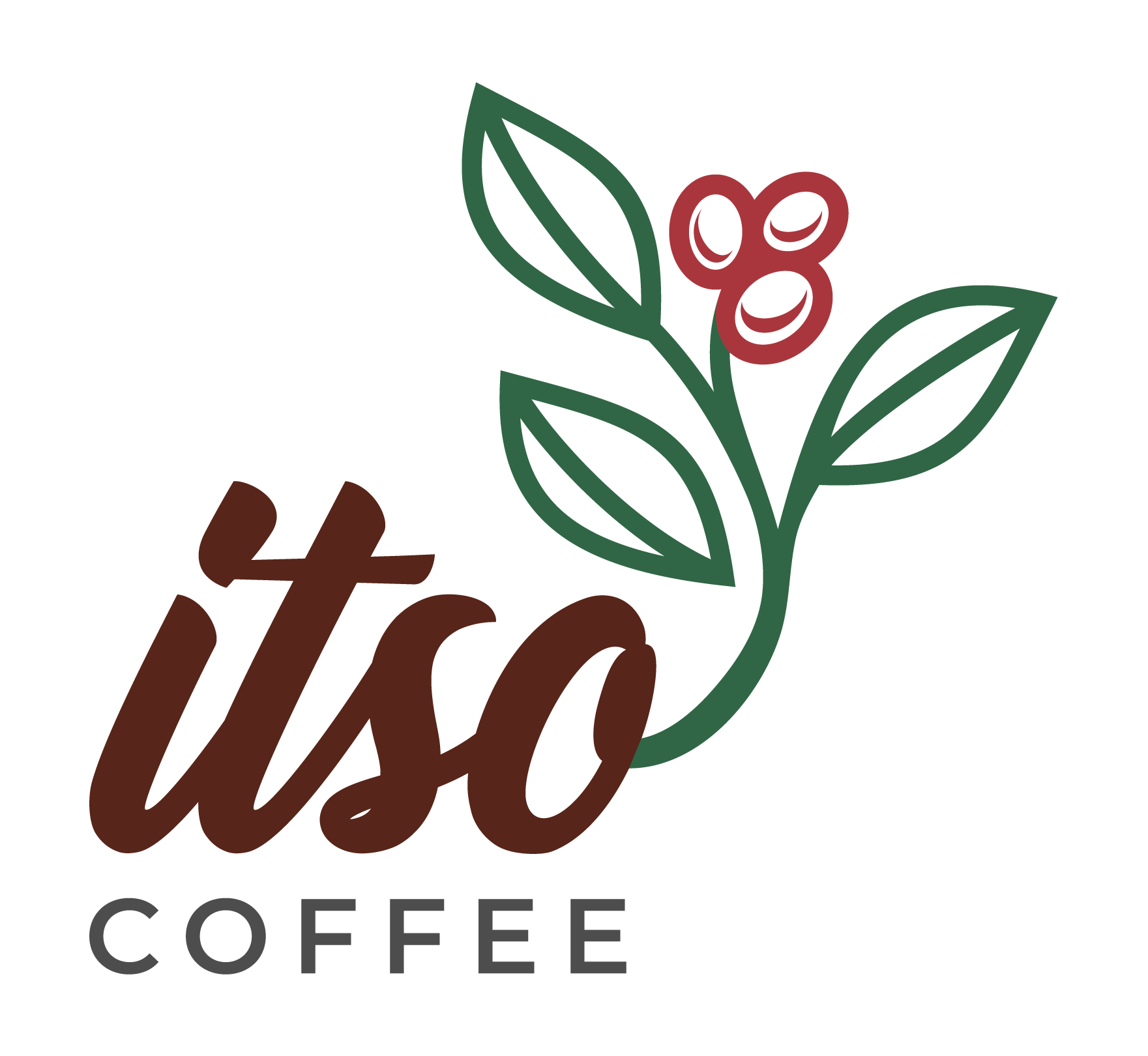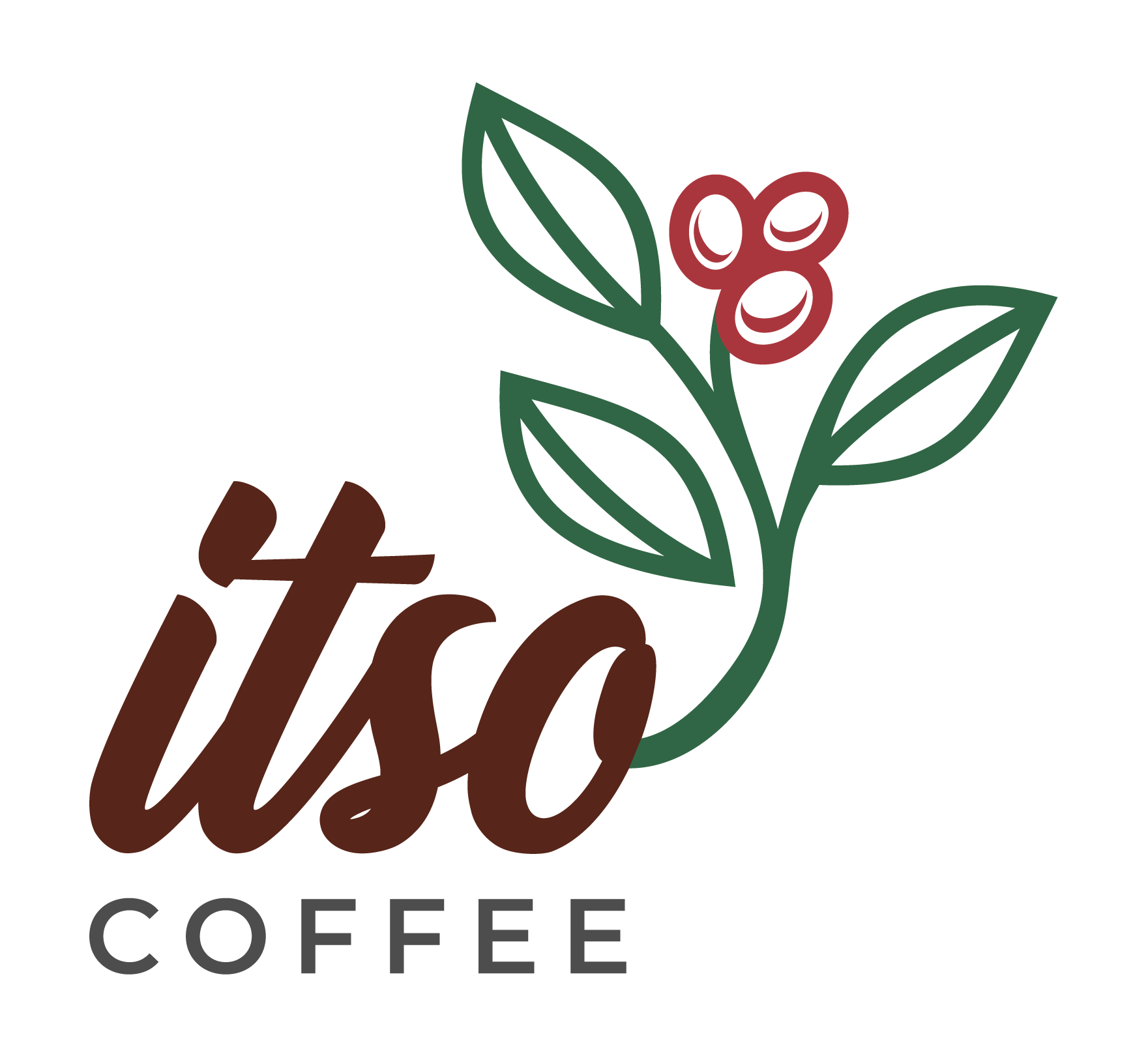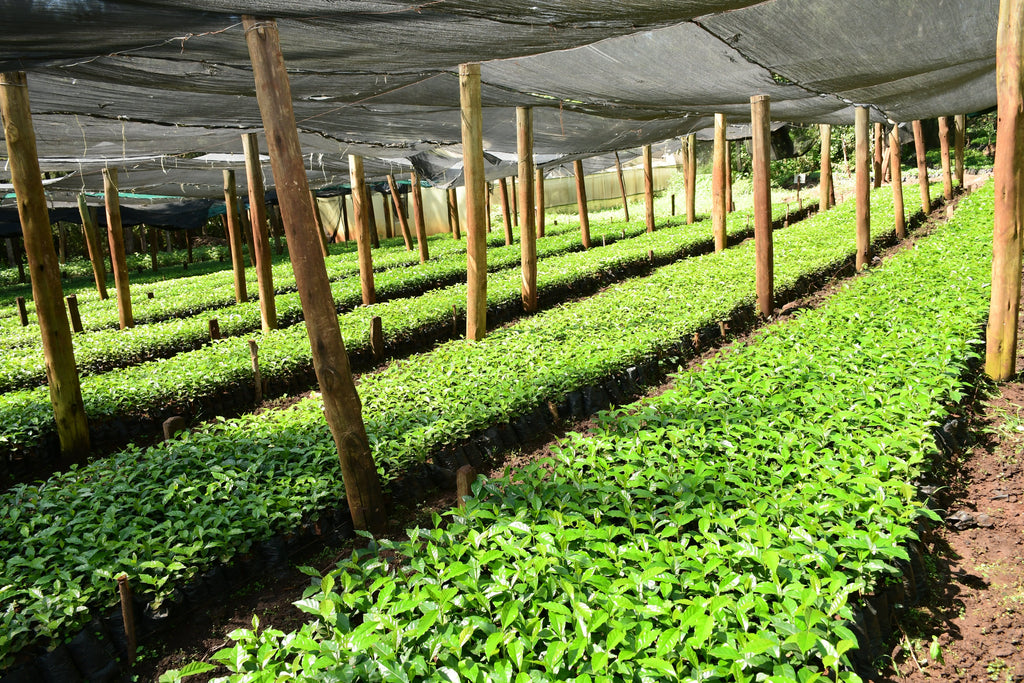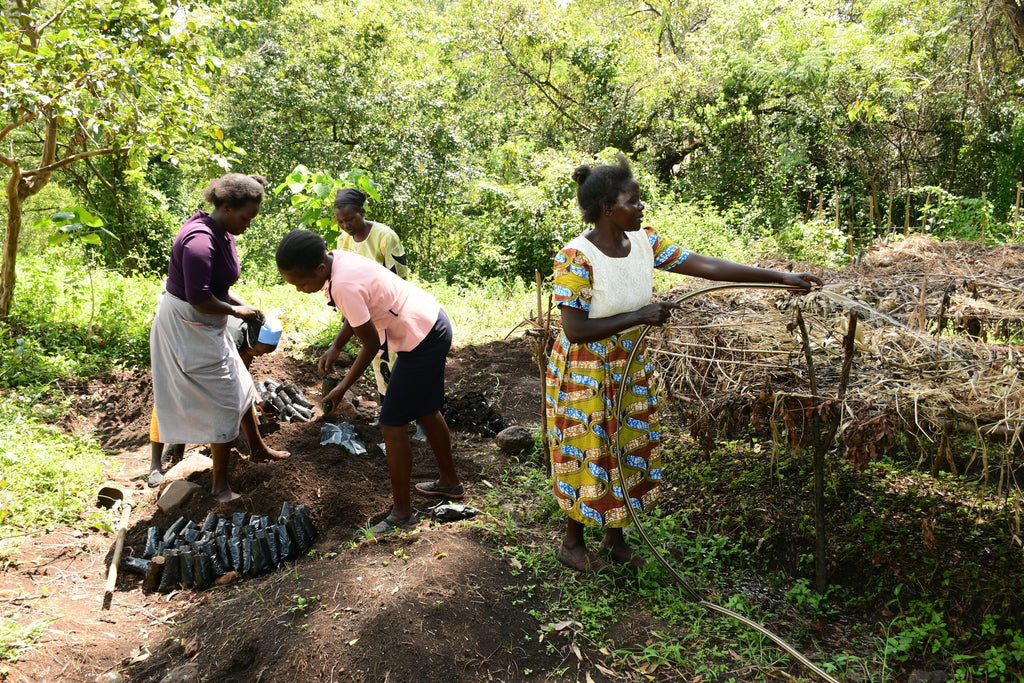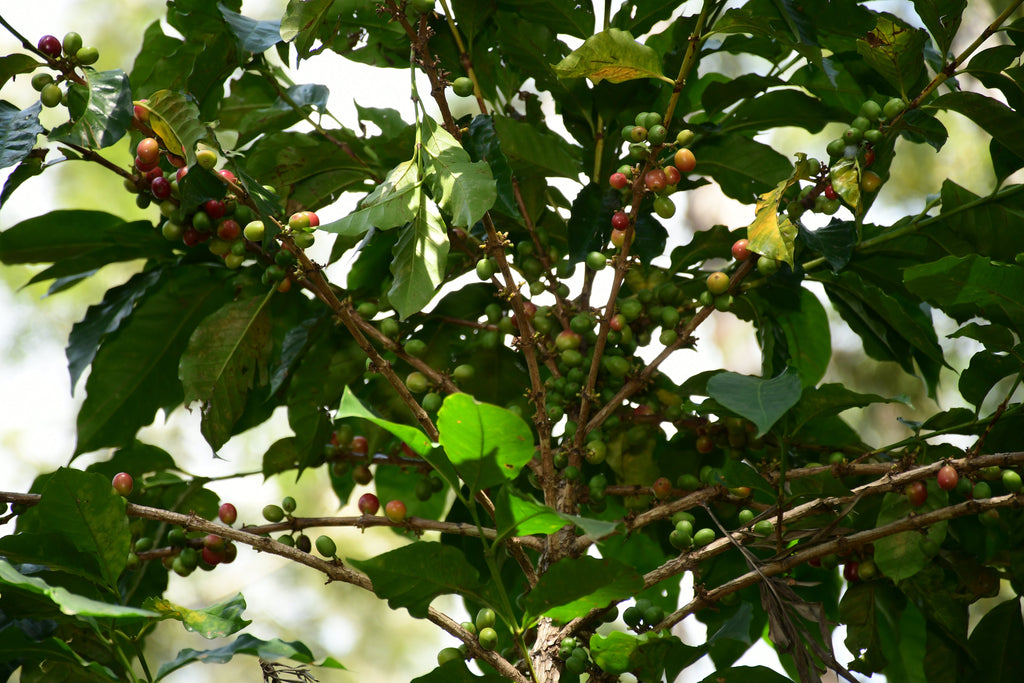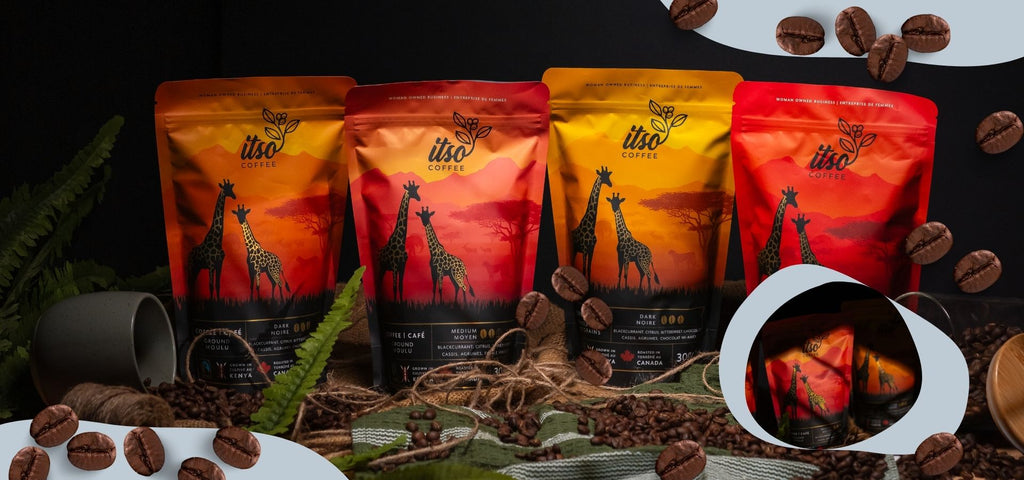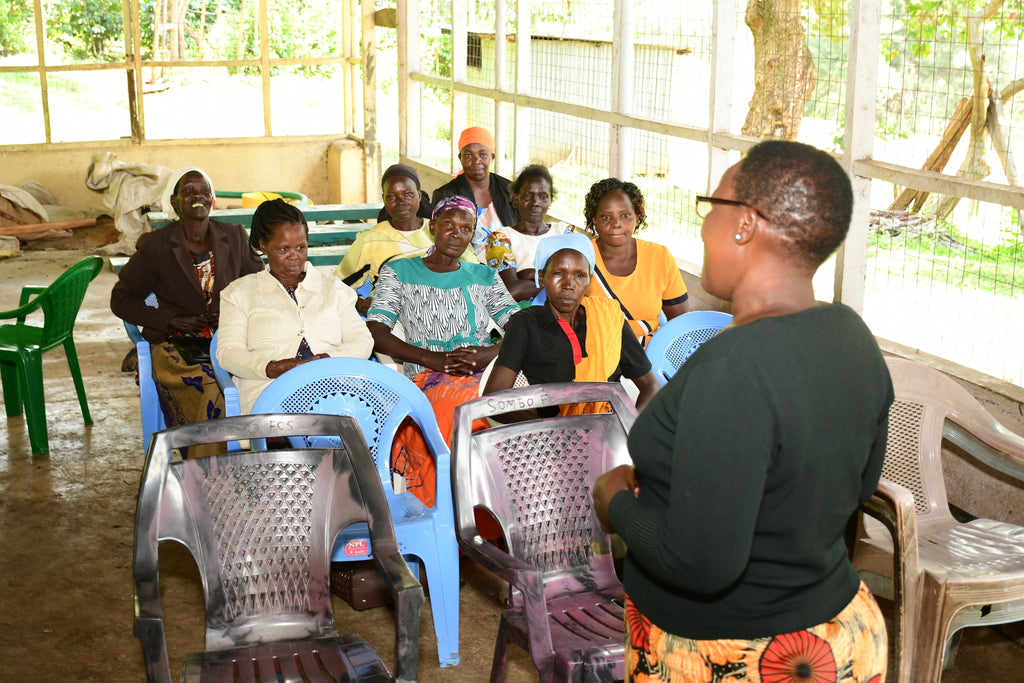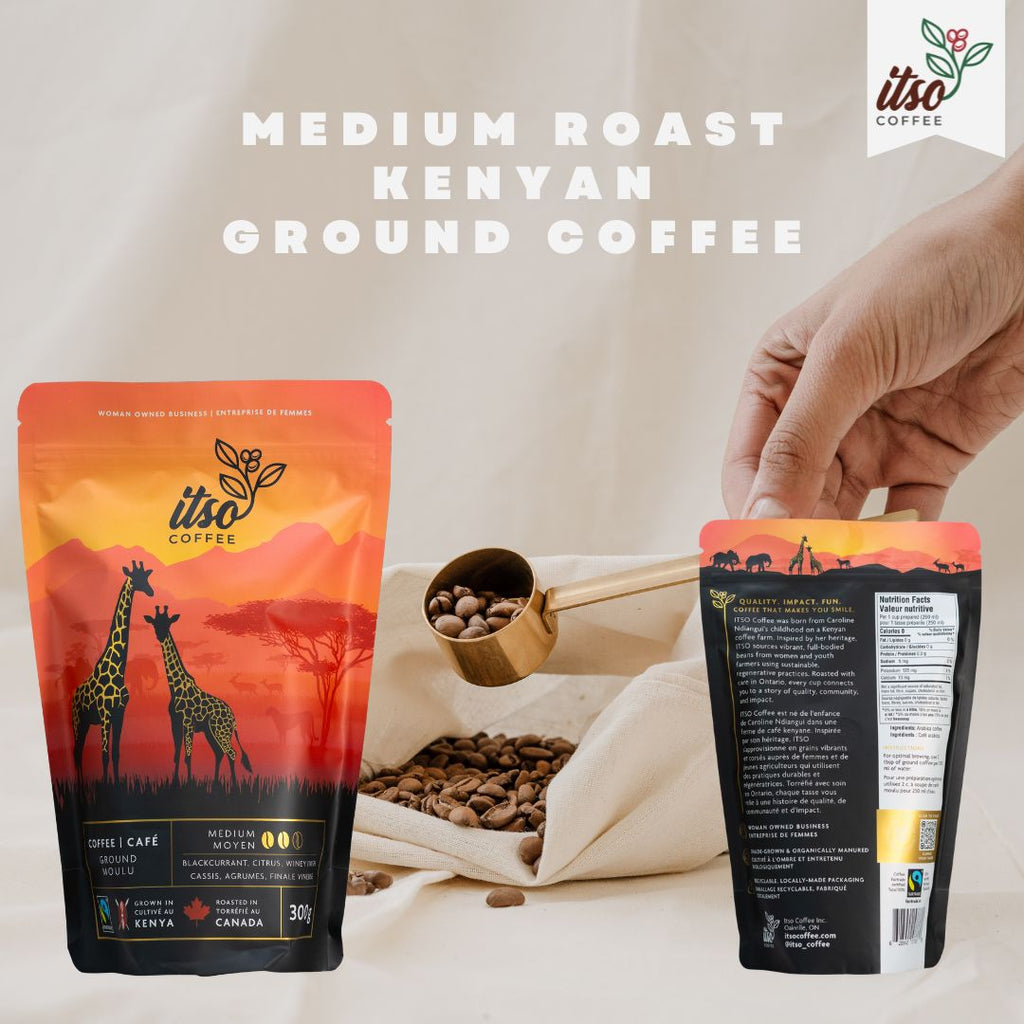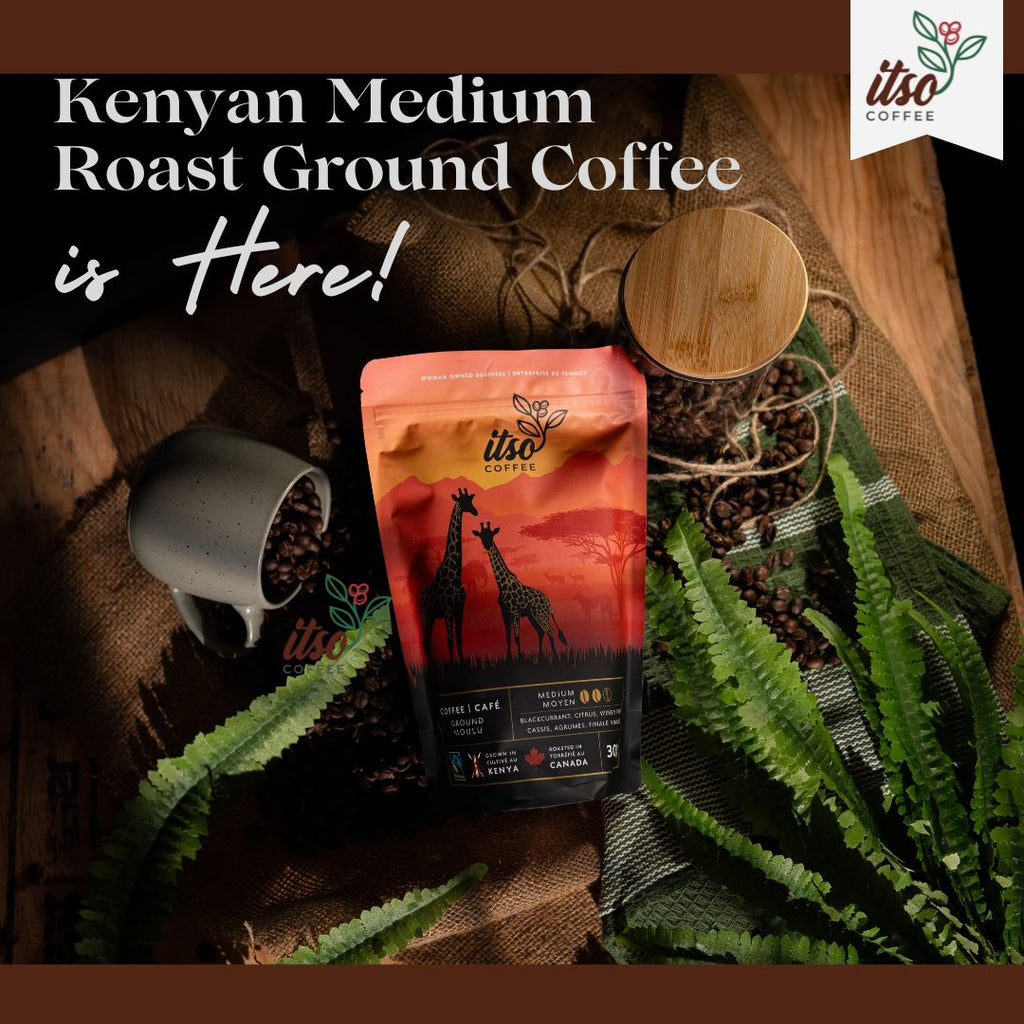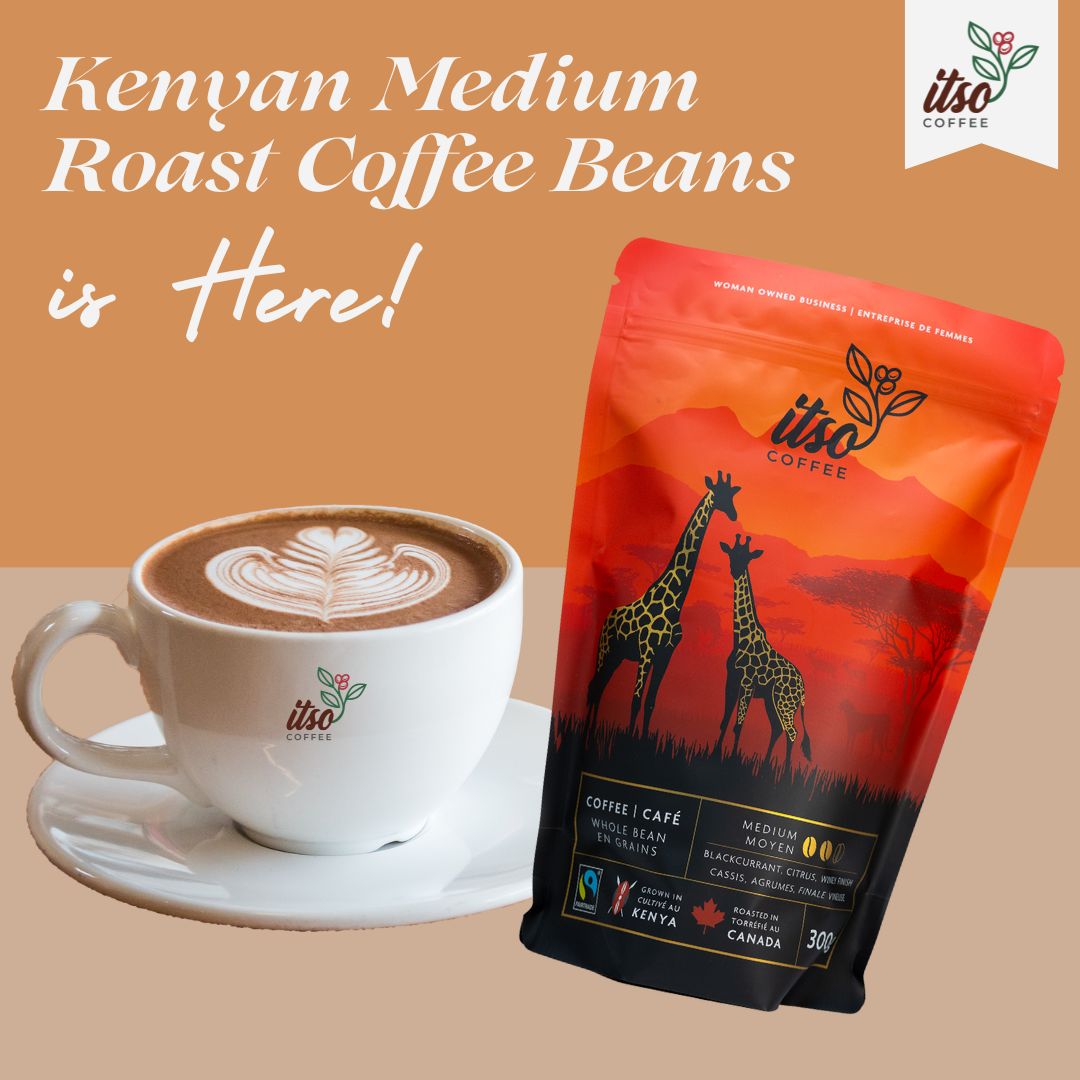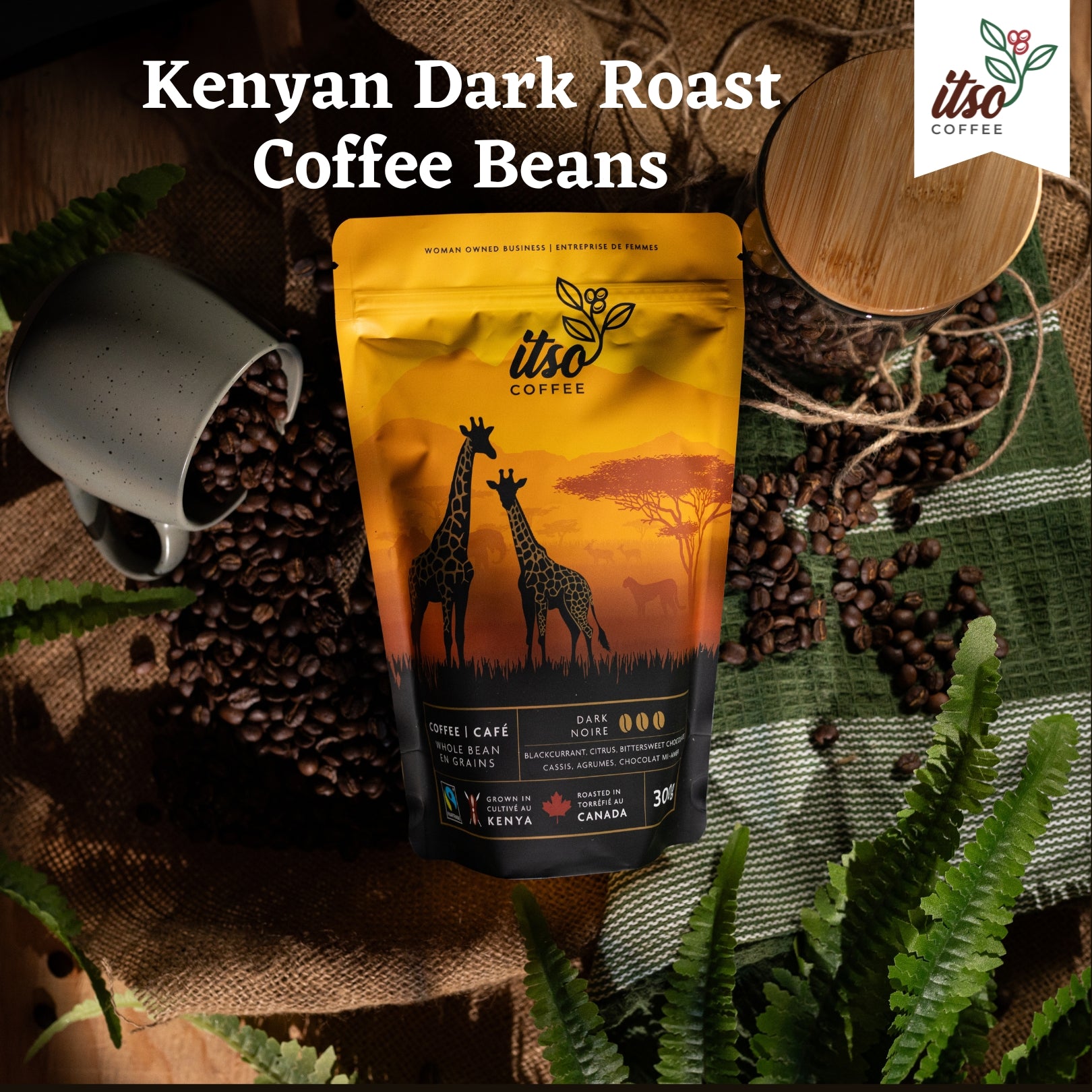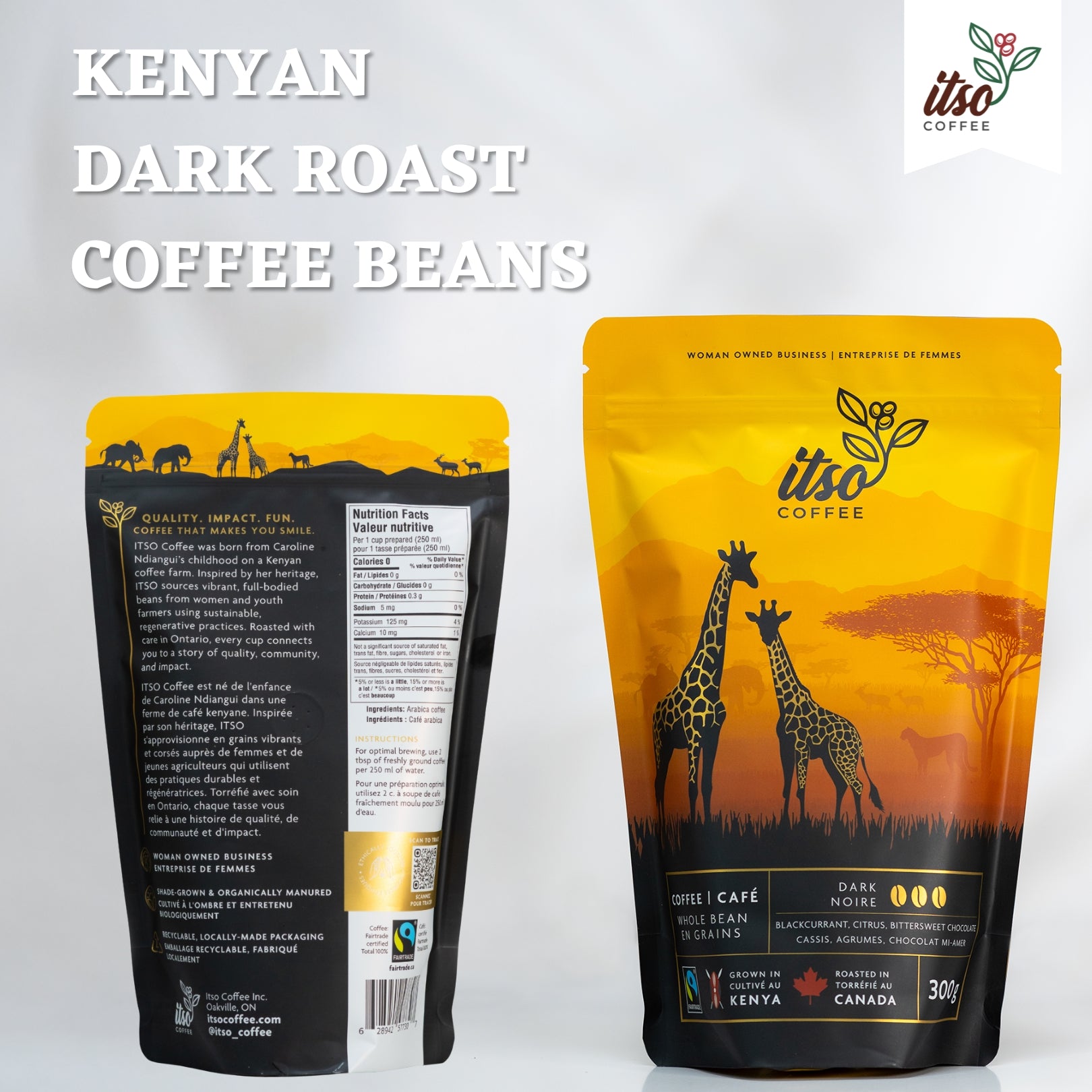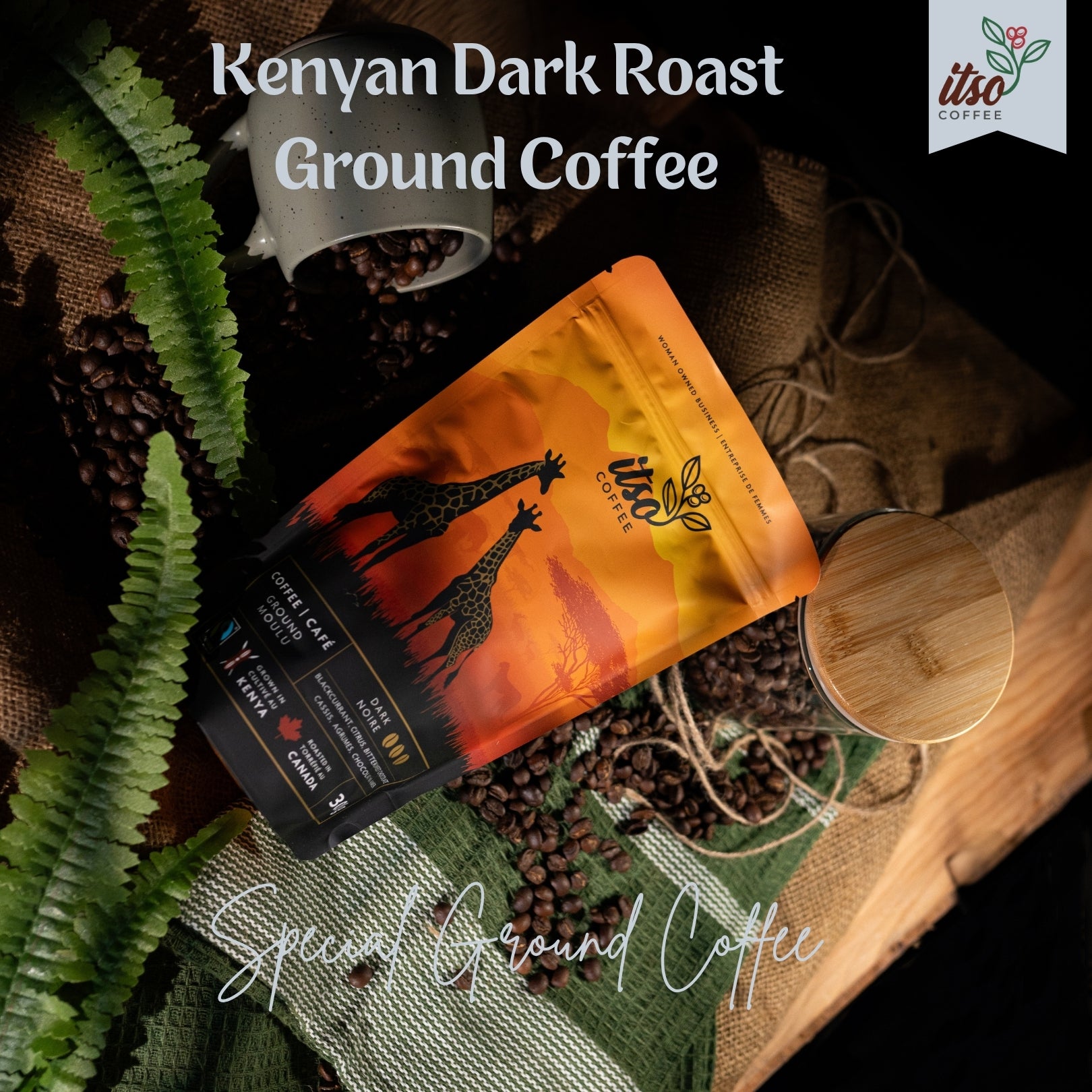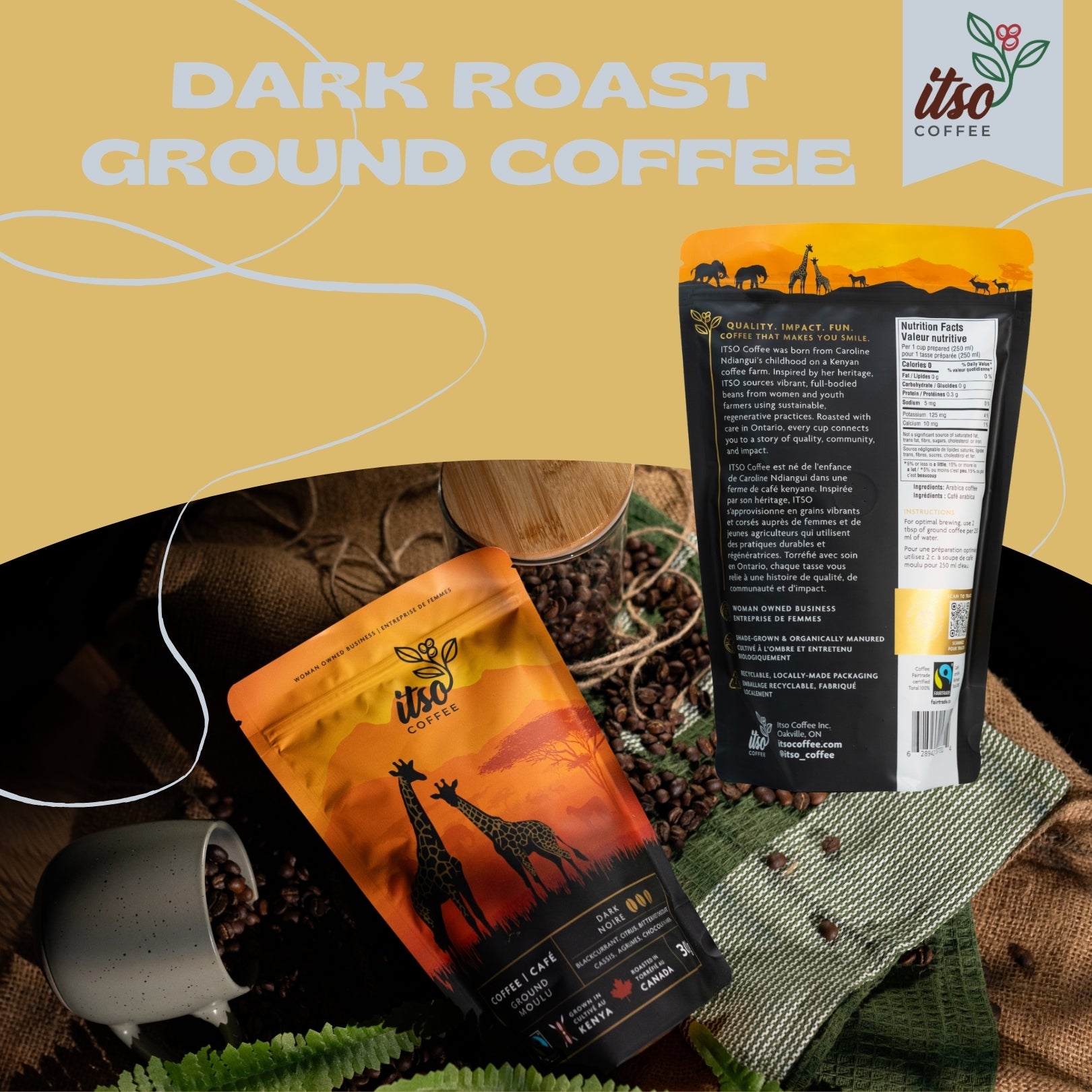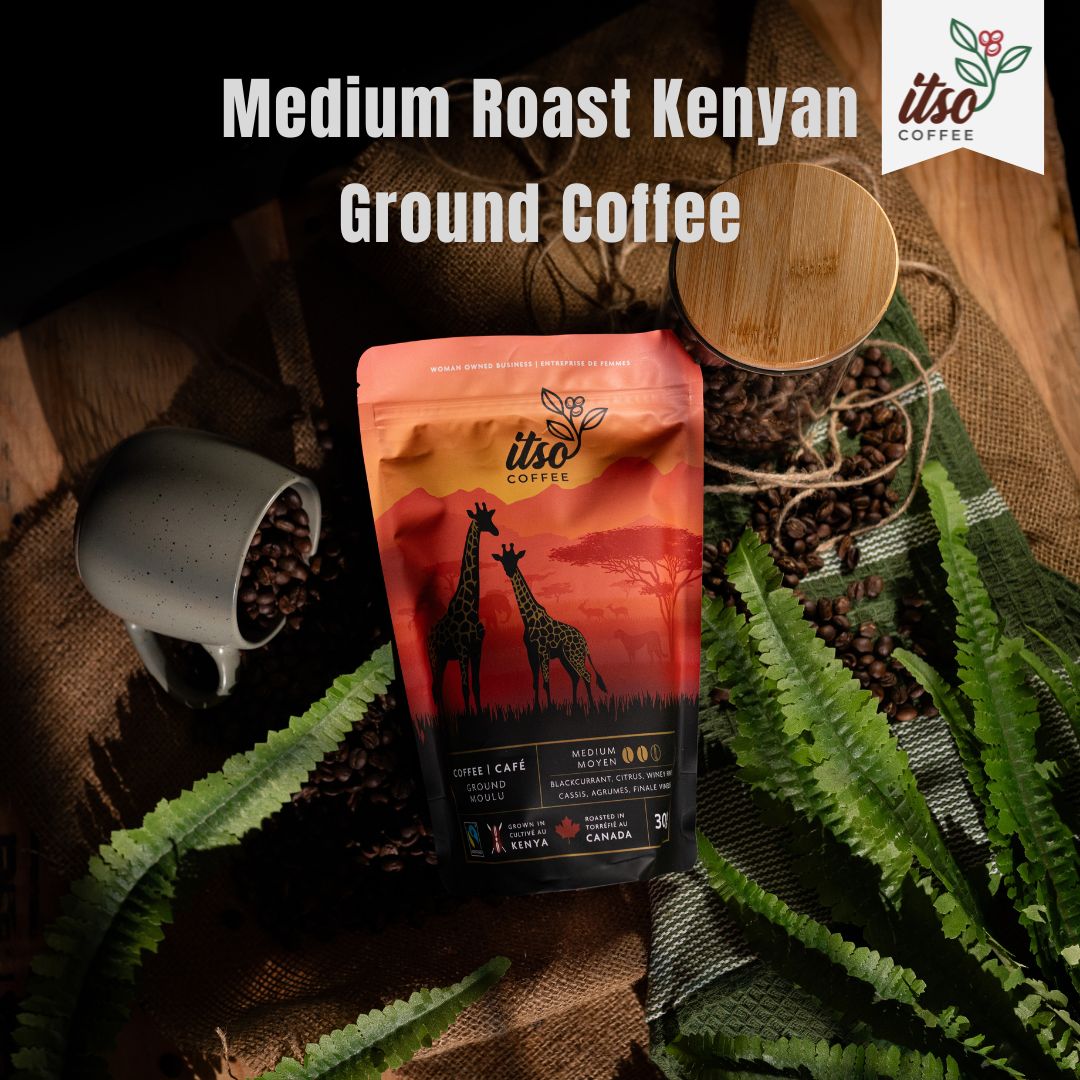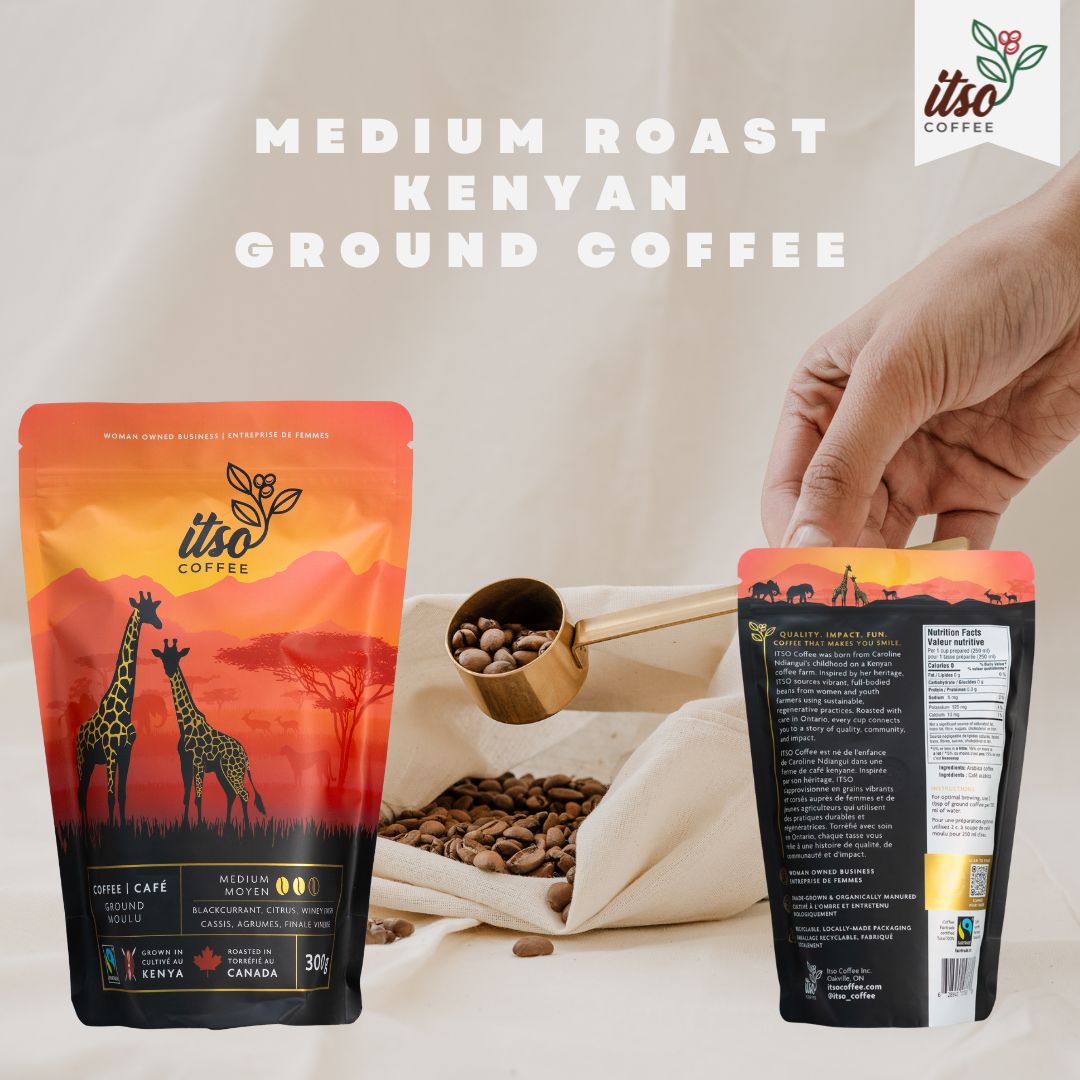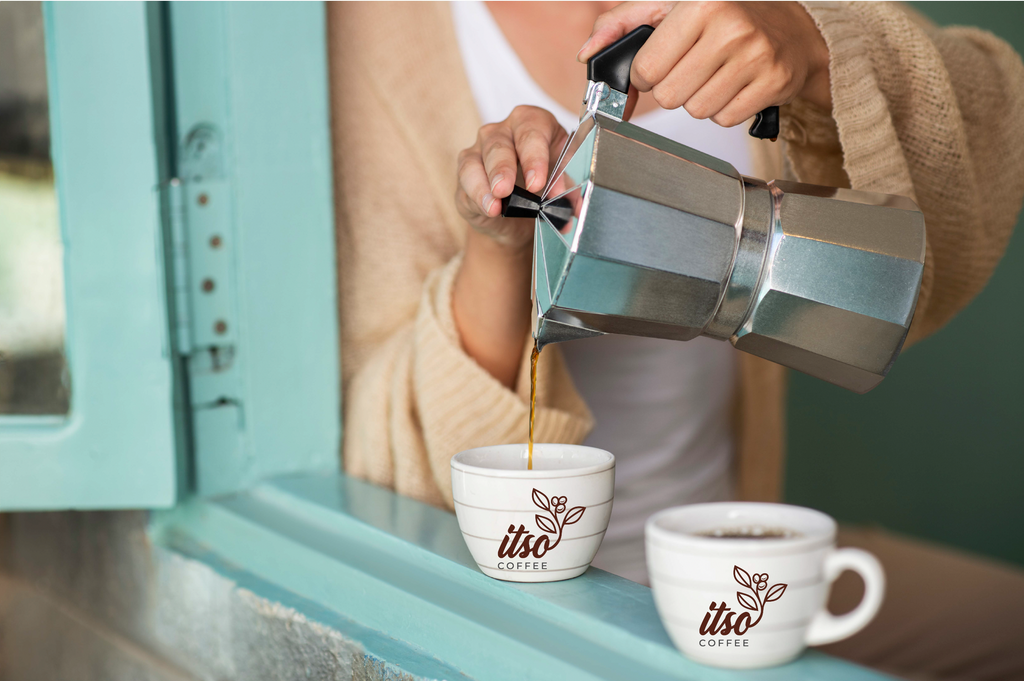
Alternative Brewing Methods: Elevating Your Coffee Experience at Home

Alternative Brewing Methods: Elevating Your Coffee Experience at Home
Coffee enthusiasts are constantly seeking new ways to brew their beloved beans, exploring alternative methods beyond traditional drip or espresso machines. These emerging brewing techniques offer unique flavors, aromas, and textures that cater to individual preferences and elevate the coffee experience to new heights.
Whether you're a seasoned coffee connoisseur or a curious beginner, experimenting with alternative brewing methods at home can be a delightful journey of discovery.
In this article, we'll delve into some popular alternative brewing methods, providing tips, recipes, and comparisons to help you embark on your coffee adventure.

Coffee Brewing Methods
The following are some of the best alternative coffee brewing methods.
1. Cold Brew: A Smooth and Refreshing Option
Cold brew has surged in popularity recently, particularly during warmer seasons. This method involves steeping coarsely ground coffee beans in cold water for an extended period (usually 12-24 hours). The result is a smooth, low-acid coffee concentrate served over ice or diluted with water, milk, or alternative milk for a refreshing and mellow drink.
Recipe for Cold Brew Concentrate:
Ingredients:
- Coarsely ground coffee beans (1 cup)
- Cold, filtered water (4 cups)
Instructions:
- Add the coffee grounds to a large jar or pitcher.
- Pour the cold water over the grounds, ensuring they are fully saturated.
- Stir gently to ensure even extraction.
- Cover the container and refrigerate for 12-24 hours.
- Strain the cold brew concentrate through a fine-mesh sieve or coffee filter.
- Serve over ice and dilute with water or milk, as desired.

Tips for Making Cold Brew at Home:
The following tips will help you make a better cold brew at home.
- Use a coarse grind: A coarser grind helps to prevent over-extraction during the extended steeping time.
- Experiment with ratios: A common ratio is 1 cup of coffee grounds to 4 cups of cold water, but you can adjust it to your taste preference.
- Patience is key: Allow the coffee to steep in the refrigerator for 12 hours to achieve the desired strength and flavor.
2. AeroPress: A Versatile and Portable Brewing Device
The AeroPress is a compact and versatile brewing device that has gained a dedicated following in the coffee community. It operates on the principle of immersion and pressure, resulting in a rich and concentrated coffee with a wide range of flavors.
Recipe for AeroPress Coffee
Ingredients:
- Coffee [medium-fine grind] (15-20g)
- Hot water [around 85°C] (225ml)
- AeroPress paper filter
Instructions:
- Insert the paper filter into the AeroPress cap and rinse it with hot water to eliminate any paper taste.
- Assemble the AeroPress with the plunger pushed slightly into the brewing chamber.
- Add the coffee grounds to the chamber.
- Pour hot water over the coffee, ensuring all grounds are saturated.
- Stir the coffee gently for a few seconds.
- Insert the plunger and start applying gentle pressure to extract the coffee.
- Aim to finish pressing within 1-2 minutes for a concentrated brew.
- Dilute the coffee with water or milk to your desired strength and flavor.

Tips for Using the AeroPress:
- Experiment with grind size: AeroPress allows flexibility with grind size, so try different levels of coarseness to find your preferred taste.
- Play with brewing time: The recommended brewing time is around 1-2 minutes, but you can adjust it to control the strength of your coffee.
- Invert or regular method: AeroPress can be used in two ways - the standard method or the inverted method. The inverted method offers more control over steeping time and prevents accidental spills.
3. Pour-Over: A Timeless Artisanal Approach
Pour-over brewing is a classic and artisanal method that allows coffee enthusiasts complete control over the brewing process. It involves pouring hot water over coffee grounds in a filter, allowing the water to drip through and extract the flavors gradually.
Recipe for Pour-Over Coffee:
Ingredients:
- Coffee beans [medium-fine grind] (15g)
- Hot water [around 95°C] (250ml)
- Pour-over dripper and paper filter
Instructions:
- Place the paper filter in the dripper and wash it with hot water to remove any paper taste, and preheat the dripper.
- Discard the rinse water and add the coffee grounds to the dripper.
- Start the timer and pour hot water over the grounds, covering them evenly. Allow the coffee to bloom for 30-45 seconds.
- Continue pouring the water in a circular motion, keeping the water level consistent and avoiding the edges of the filter.
- The entire brewing process should take around 2-3 minutes.
- Once the coffee has finished dripping, remove the dripper and discard the filter.
- Enjoy your freshly brewed pour-over coffee.

Tips for Pour-Over Brewing
- Use a gooseneck kettle: A gooseneck kettle provides precise control over the water flow, enabling even extraction.
- Mind the pour rate: Pour the water slowly and steadily in a circular motion, starting from the center and moving outward.
- Experiment with blooming: Pre-wetting the coffee grounds and letting them "bloom" for 30-45 seconds before continuing the pour enhances the flavors.
4. Siphon Brewing: A Fascinating Science Experiment
Siphon brewing, also known as vacuum brewing, is a visually captivating method that resembles a scientific experiment. This method uses a siphon system to brew coffee by creating a vacuum that draws water through the coffee grounds and back into the lower chamber.
Recipe for Siphon Brewed Coffee:
Ingredients:
- Coffee beans [medium grind] (20g)
- Hot water [around 92°C] (300ml)
- Siphon brewer
Instructions:
- Attach the filter to the siphon's upper chamber and wet it slightly to ensure a snug fit.
- Assemble the siphon with the lower chamber filled with hot water.
- Heat the water in the lower chamber until it rises into the upper chamber.
- Add the coffee grounds to the upper chamber and stir gently to ensure even saturation.
- Allow the coffee to steep for around 1 minute before stirring again.
- After another minute, turn off the heat source and let the brewed coffee draw back into the lower chamber.
- Once the siphon has fully cooled down, remove the upper chamber and serve the coffee.

Tips for Siphon Brewing:
- Use a medium grind: Aim for a grind size between medium and fine to ensure proper extraction without clogging the filter.
- Monitor water temperature: Keep the water temperature consistent throughout brewing to avoid over or under-extraction.
- Get comfortable with the process: Siphon brewing may seem complex at first, but it becomes an enjoyable and rewarding method with practice.
Comparison of Alternative Brewing Methods:
Let's compare different variables of the coffee prepared through alternative coffee brewing methods.
Flavor Profile:
- Cold Brew: Smooth, low-acid, with subtle flavor notes.
- AeroPress: Versatile, rich, and concentrated, with the ability to highlight specific nuances in different coffee beans.
- Pour-Over: Clean, well-balanced, and emphasizes the bean's unique characteristics.
- Siphon Brewing: Clean, bright, and preserves delicate flavor notes.
Brewing Time:
- Cold Brew: 12-24 hours steeping time.
- AeroPress: Quick, usually 1-2 minutes.
- Pour-Over: Approximately 2-3 minutes.
- Siphon Brewing: 3-4 minutes.
Equipment and Portability:
- Cold Brew: Simple equipment, no electricity required. Portable after brewing.
- AeroPress: Compact and portable. Ideal for travel or home use.
- Pour-Over: Requires pour-over dripper and filter. Portable for camping or travel.
- Siphon Brewing: Requires a siphon brewer and heat source. Not as portable as other methods.
Complexity:
- Cold Brew: Easy and low-maintenance.
- AeroPress: Simple but allows for experimentation with various factors.
- Pour-Over: More involved but offers precise control over the brewing process.
- Siphon Brewing: Moderately complex, with a learning curve for beginners.
|
Coffee Brewing Methods Comparison Table |
||||
|
|
Flavor Profile |
Brewing Time |
Equipment & Portability |
Complexity |
|
Cold Brew |
Smooth,low-acid, with subtle flavor notes |
12-24 hours steeping time |
Simple equipment, no electricity required. Portable after brewing |
Easy and low-maintenance |
|
AeroPress |
Versatile, rich, and concentrated, with the ability to highlight specific nuances in different coffee beans |
Quick, usually 1-2 minutes |
Compact and portable. Ideal for travel or home use |
Simple but allows for experimentation with various factors |
|
Pour Over |
Clean, well-balanced, and emphasizes the bean's unique characteristics |
Approximately 2-3 minutes |
Requires pour-over dripper and filter. Portable for camping or travel |
More involved but offers precise control over the brewing process |
|
Siphon Brewing |
Clean, bright, and preserves delicate flavor notes |
3-4 minutes |
Requires a siphon brewer and heat source. Not as portable as other methods |
Moderately complex, with a learning curve for beginners |
Concluding Remarks
Exploring alternative brewing methods is a fascinating journey that allows coffee enthusiasts to uncover various flavors and experiences. Whether you prefer the smoothness of cold brew, the versatility of AeroPress, the artisanal touch of pour-over, or the captivating siphon brewing, each method offers its own unique charm and rewards.
So, why not grab your favorite coffee beans, experiment with these alternative brewing techniques, and elevate your coffee experience at home? Happy brewing!
